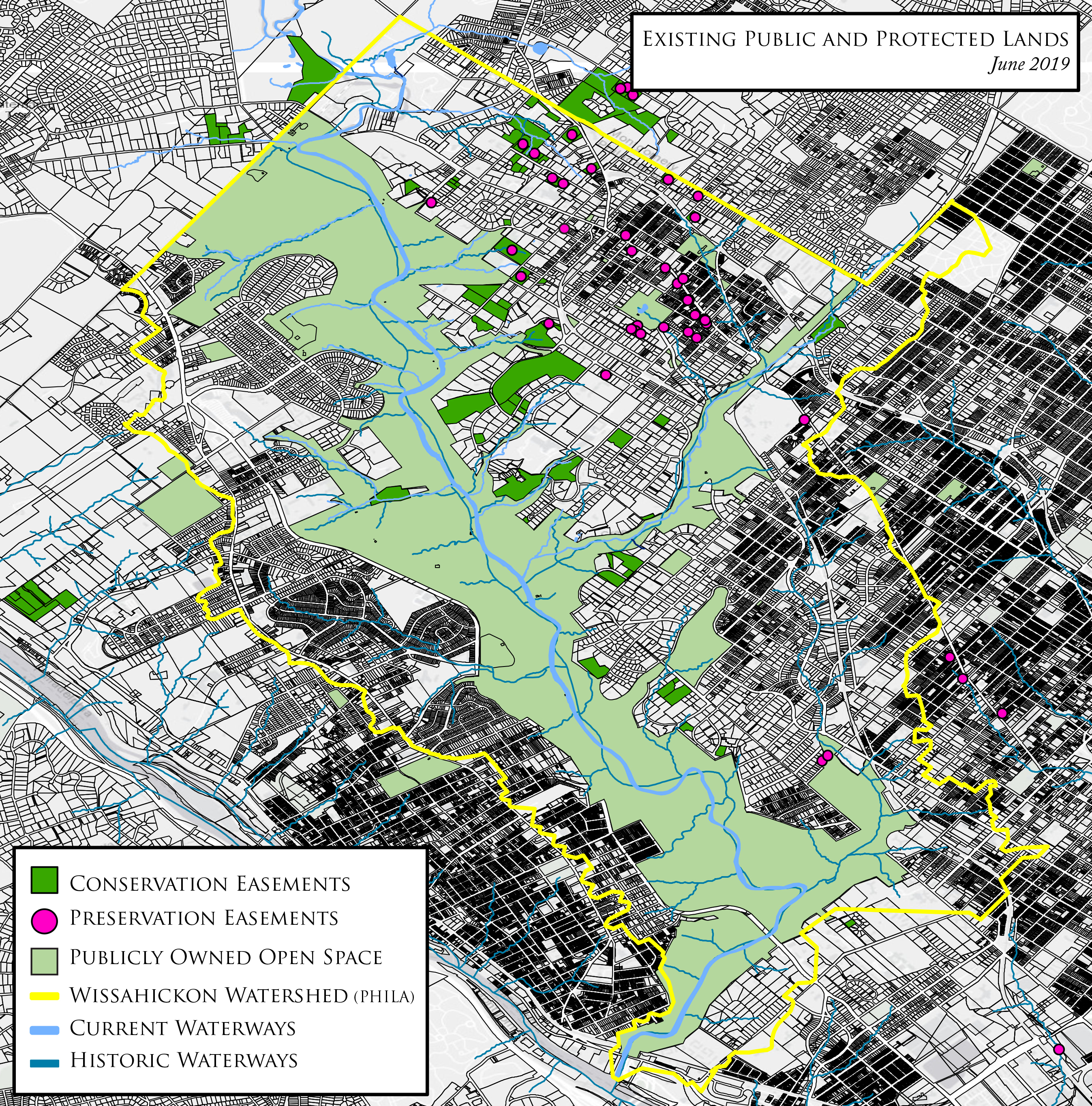I love the Wissahickon Valley Park. I consider myself very lucky to live in a city with such a well-preserved area. My favorite city I have ever visited is Leipzig - precisely because of how much green space it has. I'd be disappointed if my home city lacked in this regard. I am still uncovering all the secrets that Wissahickon Valley Park holds, but one of the first intriguing sites I encountered led me to think about maintenance work and contemplate the true extent of the land's preservation. In the park stands a public drinking fountain built in 1854[1][2]. Inscribed on the fountain are the words "PRO BONO PUBLIC" - for the common good; "ESTO PERPETUA" - may it endure forever.
I am certain you recognize the irony in this statement. The fountain was shut down in 1957 due to the pollution of its water source[2]. Today, the fountain's structure, along with its distinctive inscription, endures, but it has long outlived its original purpose. On the muggy day when I discovered this fountain, I would have welcomed a refreshing drink of spring water. But this is no longer safe.
I wonder if the fountain's water source was polluted due to increased development. Below, I have attached a map of Wissahickon Valley Park from June 2019 provided by the Chestnut Hill Conservancy. I would be curious to see similar maps from the years leading up to the closure of the fountain. If pollution of waterways is typically associated with the development of the land around water sources (which I suspect it is), then that's a true shame. It means that the greater the amount of people who become able to enjoy clean water and a natural environment within walking distance, the more likely it is that the environment becomes damaged.

However, this outcome is not inevitable. The fountain was left to ruin in part because of a lack of maintenance work [3]. The system that needed to be maintained was not the fountain itself, but the water cycle. I Imagine that it is a daunting challenge in an urban environment, but I am sure it would be possible. The English Gardens in Munich, for instance, are criss-crossed by canals filled with cool, refreshing, swim-able water. Lakes and waterways have long been held in high esteem[4]. I think we would be wise to continue this tradition.
Other topics
My thesis is: there is a fountain in Wissahickon Valley Park. It made me think about maintenance work, which I describe. It made me ask the question: how well is the Wissahickon really preserved? I will continue to update this page with details relevant to the thesis. Last updated Mar 27 2024
